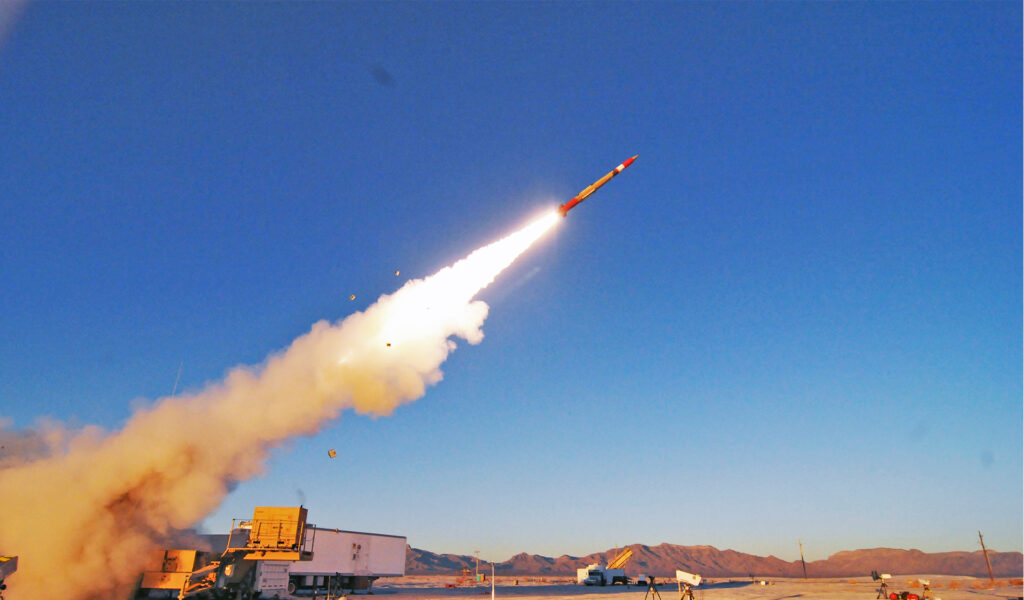Vienna, August 2025
Austria’s landmark eco-social tax reform aimed to decarbonize the economy while cushioning citizens from rising carbon costs. Central to this initiative was the Klimabonus—a system that redistributed revenues from a newly introduced carbon price back to residents, balancing environmental responsibility with social fairness.
How the Klimabonus Worked
- Carbon pricing applied: Introduced in 2022, Austria levied a CO₂ price starting at €30 per metric ton, rising steadily to €55 by 2025. This applied to key fossil fuels and aimed to discourage high-emission behaviors.
- Automatic, targeted payouts: All residents with at least six months of primary residency received annual Klimabonus payouts. These were automatic—no application required—either via bank transfers or postal vouchers for those without bank accounts.
- Rural and accessibility adjustments: Recognizing urban-rural disparities in mobility, recipients in areas with limited public transport received a higher bonus—up to double the base amount. Children under 18 received half the adult amount.
- Transparent and efficient: Roughly 98% of eligible residents benefited in the first year, thanks to integrated public databases and inter-ministerial collaboration.
This design ensured that lower-income and geographically disadvantaged residents were compensated more, making the system equitable and reinforcing climate-aware consumption choices.
Evolution and Impact
In 2022, the Klimabonus delivered a one-off inflation buffer: a flat €250 payment per adult, topped by an extra €250 anti-inflation bonus. In subsequent years, the structure stabilized—with a base of €110 in 2023 and increasing to €145 in 2024, plus regional bonuses depending on transport access.
A second wave of 2024 payments—ranging from €145 to €290—reached those who became newly eligible that year: newborns, recent arrivals, and those who changed their primary residence.
Beyond direct aid, the carbon pricing reform included broader economic incentives: reduced income and corporate taxes, improved depreciation allowances, and home insulation and clean energy tax credits. The government projected that these combined reforms would boost GDP by 1 percentage point and generate 30,000 new jobs.
The Political Turn
However, the survival of Klimabonus came under threat in early 2025. A new coalition between Austria’s conservative and far-right parties, seeking €6.4 billion in budget savings, proposed scrapping the program. The move promised nearly €2 billion in annual savings and was framed as fiscal responsibility—but critics warned it would disproportionately hurt lower-income and rural households that benefited most from the bonus.
The 2024 payouts continued as planned, but 2025 marked the official abolition of the Klimabonus. Still, individuals remain eligible to claim payments relating to past years until the end of 2027.
Broader Lessons & Challenges Ahead
Austria’s Klimabonus was a compelling case of “carbon fee and dividend” design—one that combined environmental incentives with income redistribution, rural fairness, and bureaucratic simplicity. But its repeal sparks concerns: Can climate action remain sustainable when populist or austerity-driven politics shift the goalposts? As Austria aims for carbon neutrality by 2040, the tension between fiscal constraints and green leadership will define its climate strategy.
Summary Table:
| Aspect | Details |
|---|---|
| Intro of Reform | 2022 – carbon price €30 rising to €55 by 2025 |
| Klimabonus Mechanism | Automated payout, rural adjustment, children receive half |
| 2024 Payouts | From €145 to €290 depending on locale |
| Policy Bundles | Included tax relief, clean-energy incentives, job growth |
| Abolition | Ended in 2025 by new government austerity measures |
| Claim Window | Retroactive claims valid until December 2027 |





